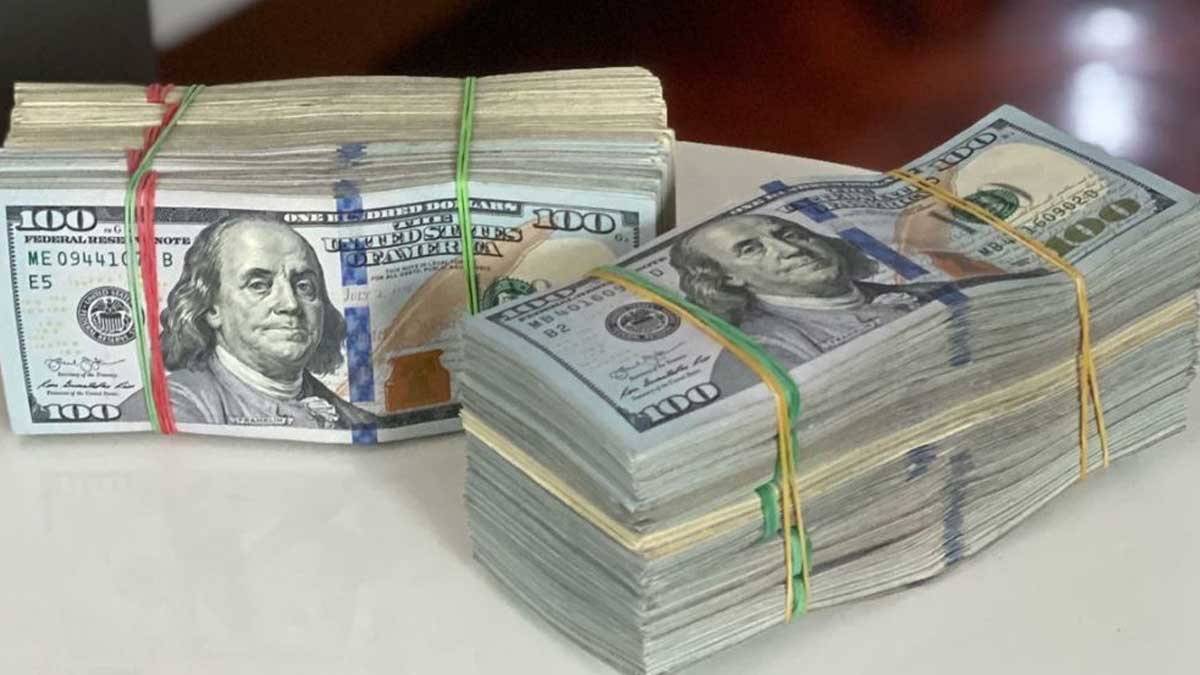Pakistan constantly relies considerably on international commercial banks to generate dollar inflows to evade the reduction of foreign currency assets in spite of the insistent impasse over the regeneration of the IMF program.
Almost $802.3 million foreign loans were raised in November 2021, out of which Islamabad got $663.2 million from international commercial banks.
The top official sources said: “It was Islamabad’s inability to accomplish the 6th review under the $6 billion Extended Fund Facility of the IMF which continued the country’s strong reliance on cheap dollar inflows through commercial banks.”
In spite of devising strategies to increase $1 billion with the launch of the Sukuk Bond, the government failed to move forward in the wake of observing a low appetite of the international market, the publication said.
Read more: Pakistan economy’s money market, stock market and exchange rate under pressure
It was afterward decided that the bond would be initiated in the second half (Jan-June) era of the present fiscal year.
Moreover, from the total budgetary estimations of $14.008 billion for the entire financial year 2021-22, Islamabad has so far produced $4.699 billion in the first five months of the present fiscal year.
Pakistan has raised overall dollar inflows in the form of grants and loans to the tune of $4.7 billion ($4.699 billion exactly) in the first five months (July-November) era of the present fiscal year 2021-22 against $4.5 billion produced in the same period of the previous fiscal year.
According to the analysis of official data, the government was enforced to go for short-term commercial borrowing to link the gap and to encounter its budgetary objectives on external inflows on an annual basis.
Meanwhile, the overall foreign exchange assets of Pakistan stood at $25.027 billion, the foreign assets held by the SBP raised at over $18 billion while commercial banks $6.45 billion. Through the week ending on December 10, 2021, the foreign exchange assets diminished by $90 million to $18.56 billion.





















